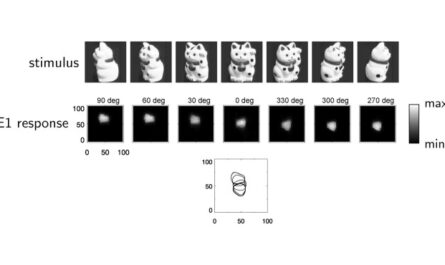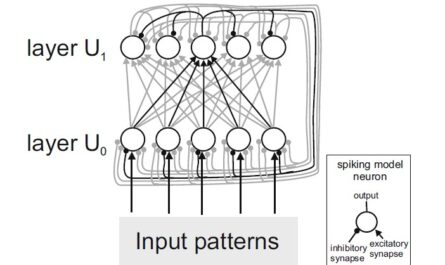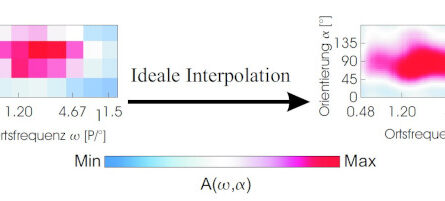The topic of “Artificial Intelligence” – AI – will have drastic impacts on all aspects of life in the coming years. It has the potential to take on a significant amount of work for us humans, making us more productive and allowing more time for the enjoyable things in life. However, AI can also destroy lives and limit freedoms, for example, when used for weapons systems or building totalitarian surveillance states. It’s not the AI itself that produces these negative consequences, but rather the human users of these AI systems.
For better or for worse, progress in this field cannot be stopped. The less we understand these technological developments, the more power they have over us, and the greater the risk that they may be used against us. Conversely, the better we understand what is possible with these technologies and how they function, the more opportunities we have to use them beneficially for ourselves and society.
Therefore, I aim to continuously engage with current developments in AI, new network models, frameworks, and libraries, and share some insights and findings in this blog. In my studies and dissertation, I focused on understanding how biological neural networks function and how artificial neural networks can help us better understand the workings of the brain. As initial contributions, I plan to summarize my own work on spatial frequency filters in the primary visual cortex, adaptive inhibitory feedback, and visual object recognition.
Featured Image: generated with Stable Diffusion



